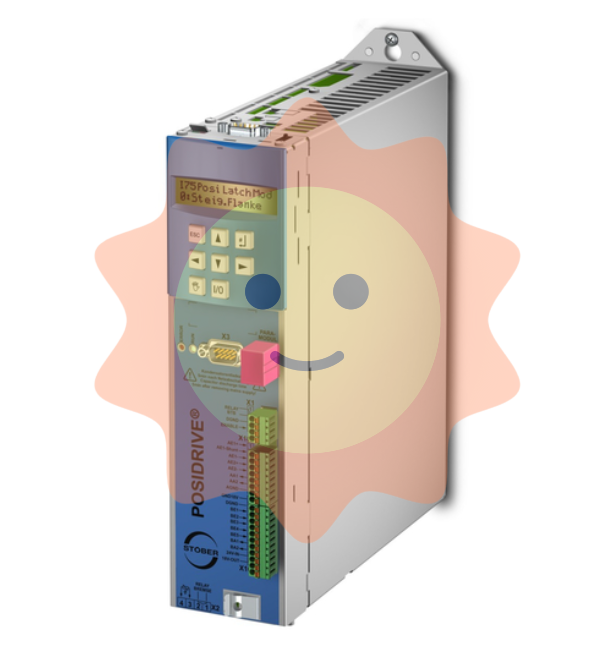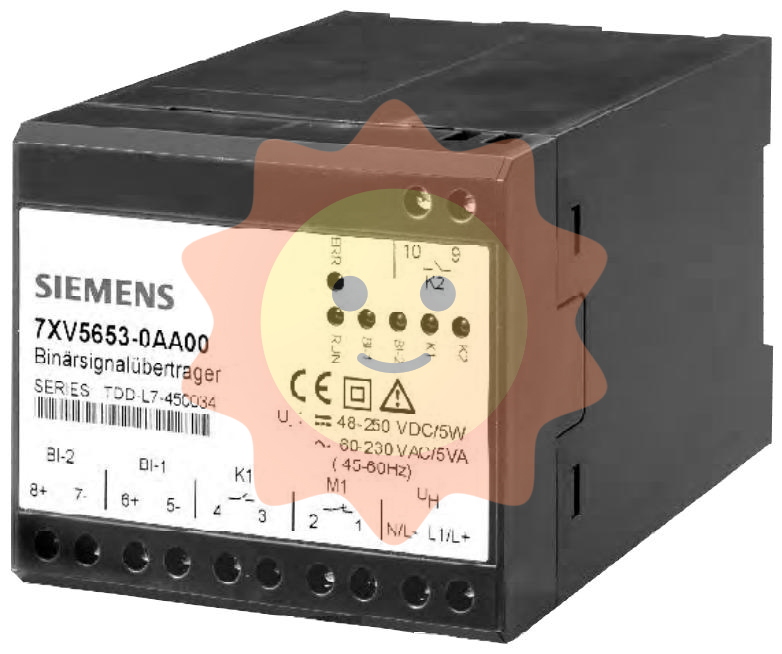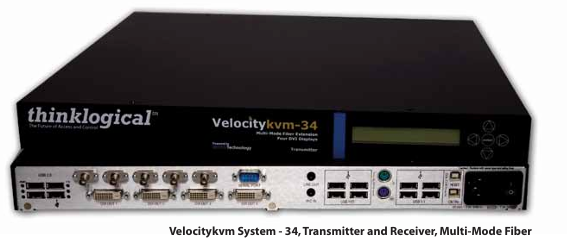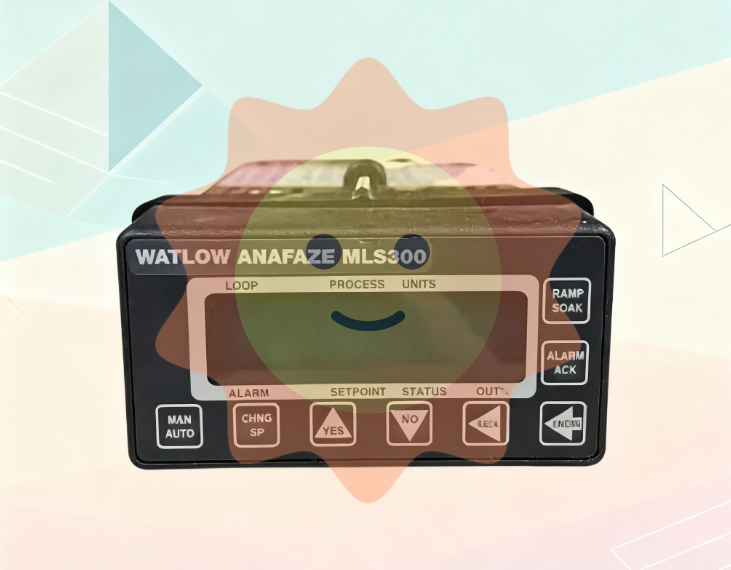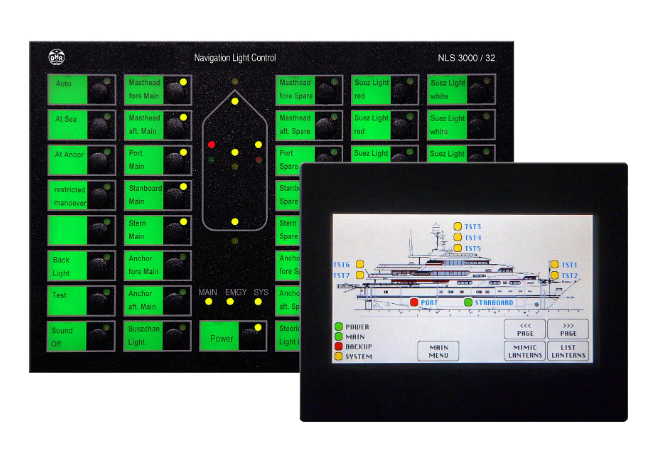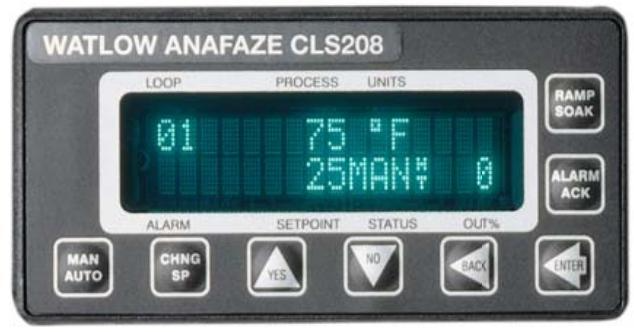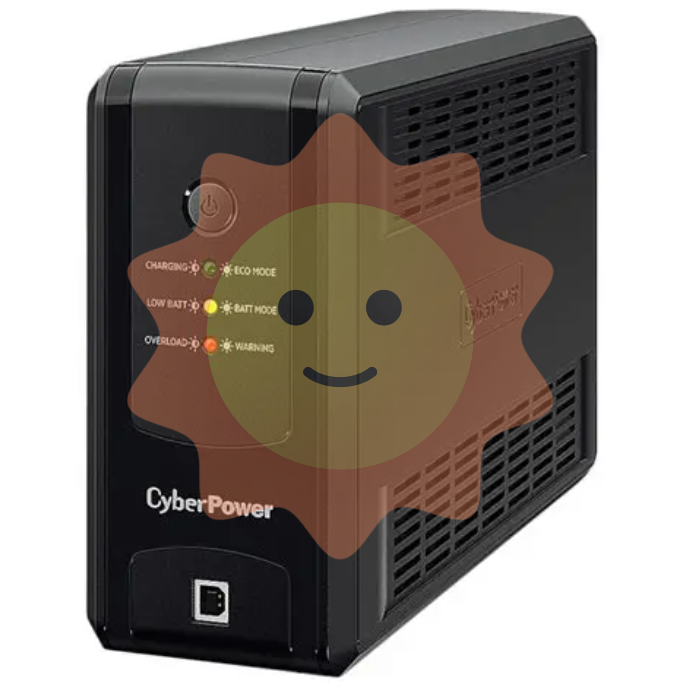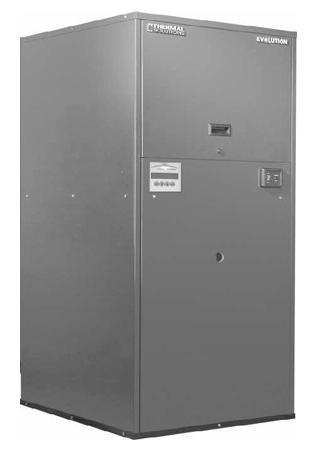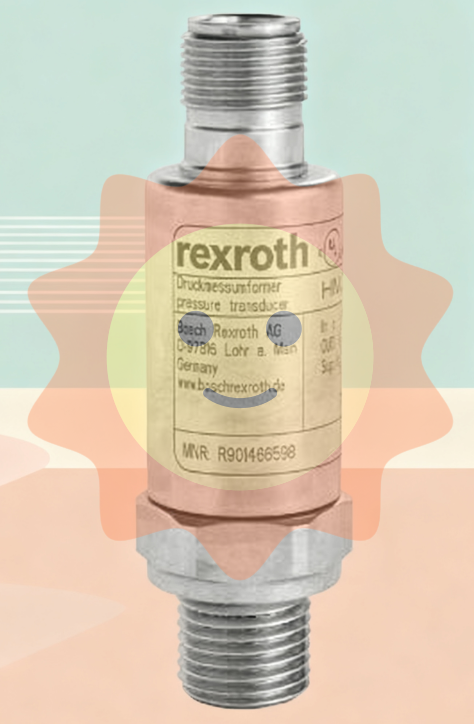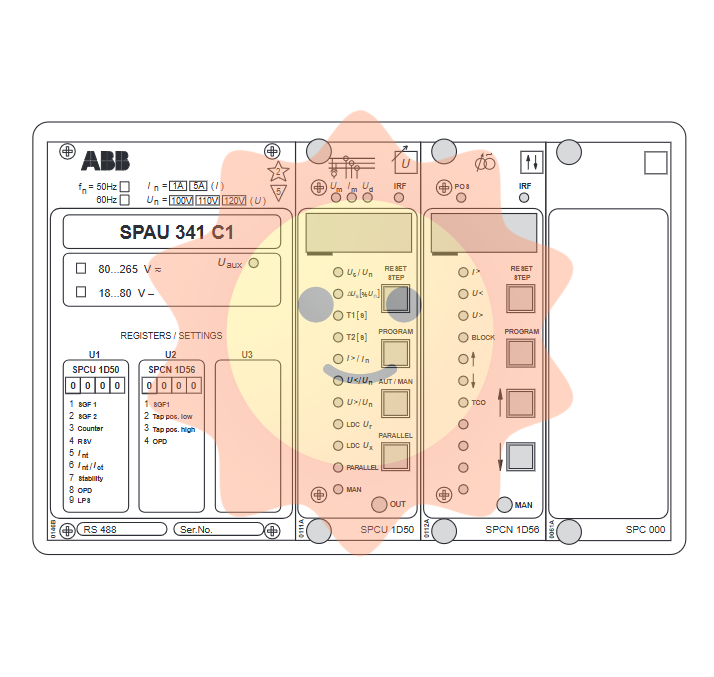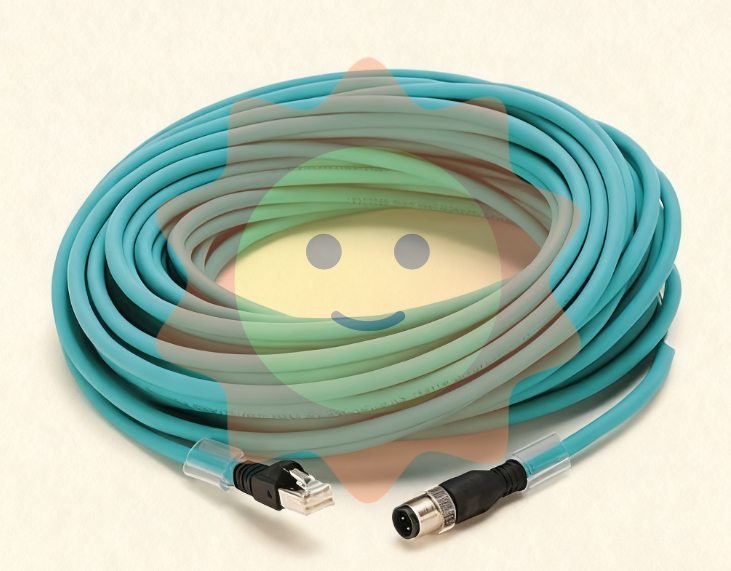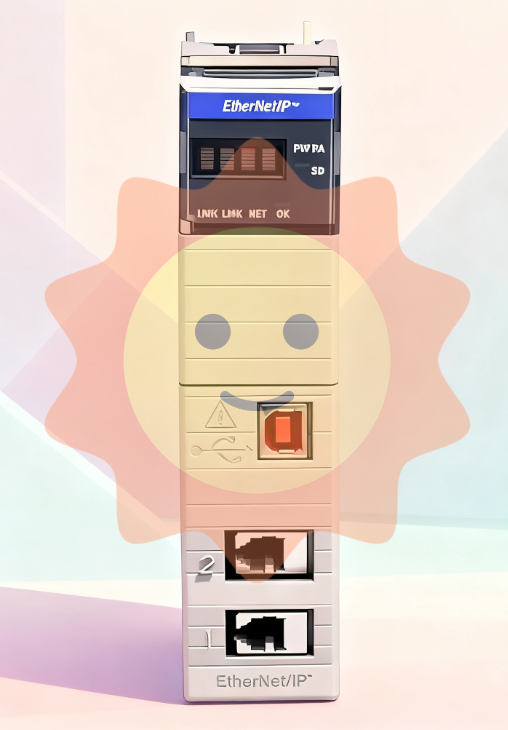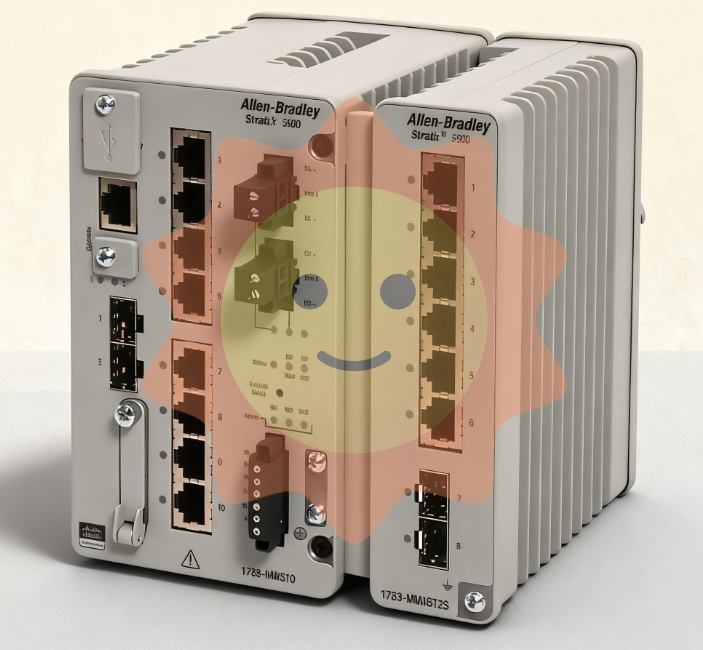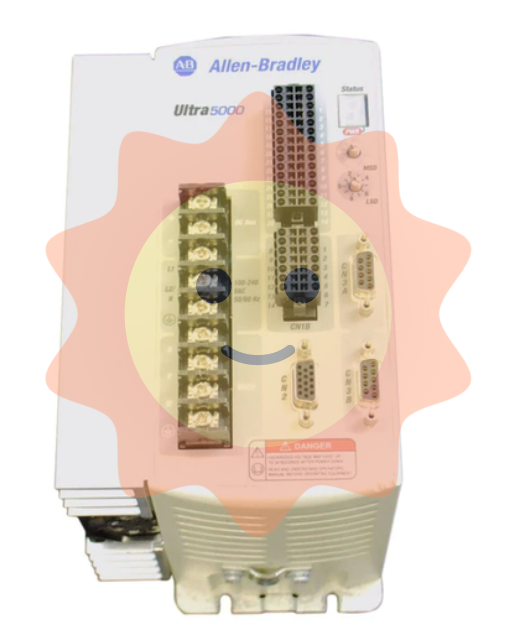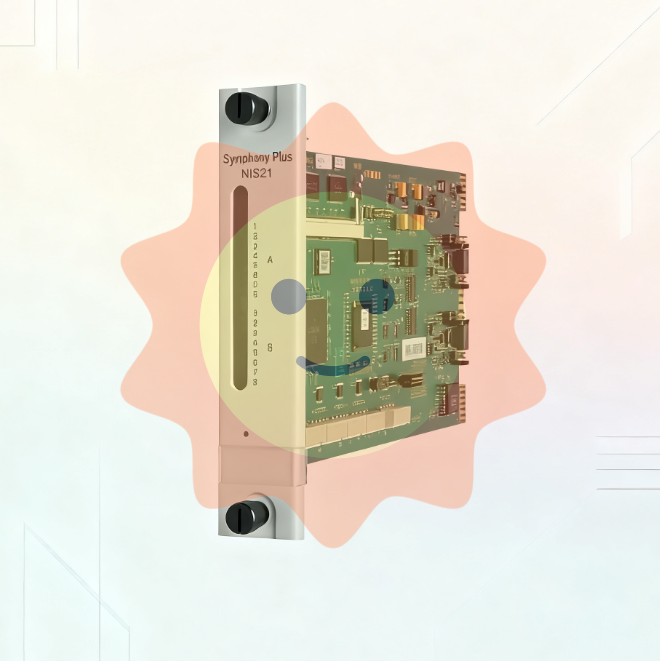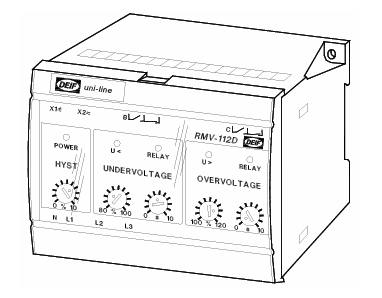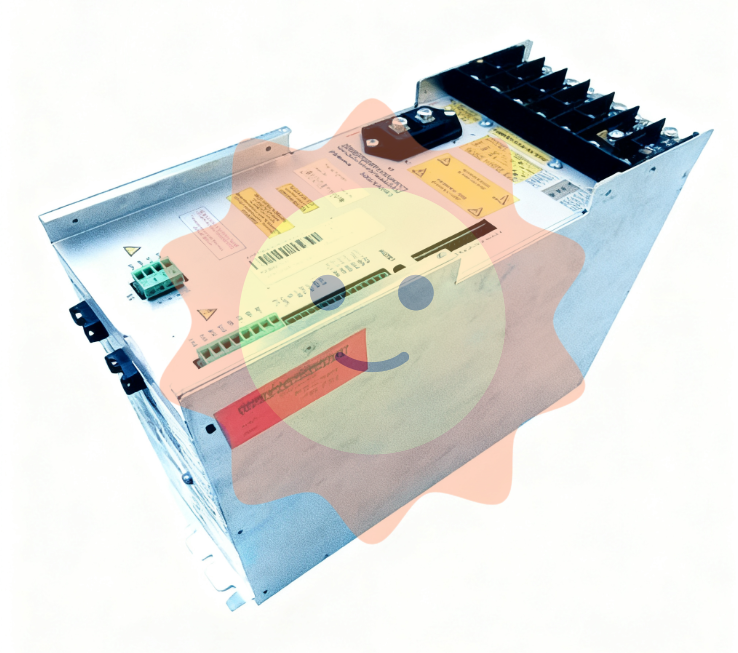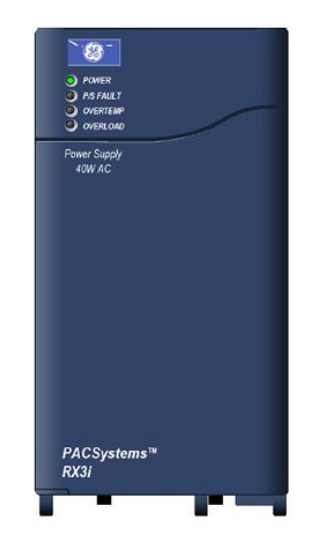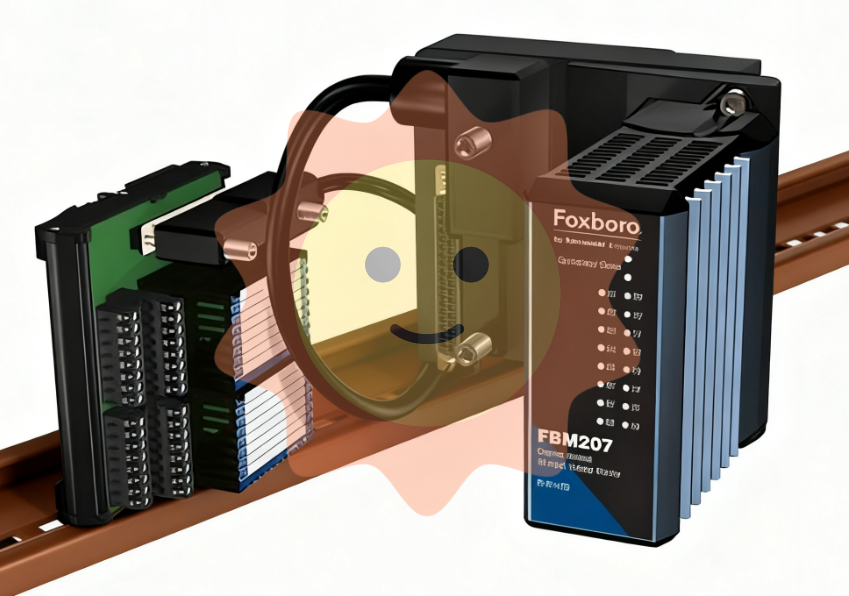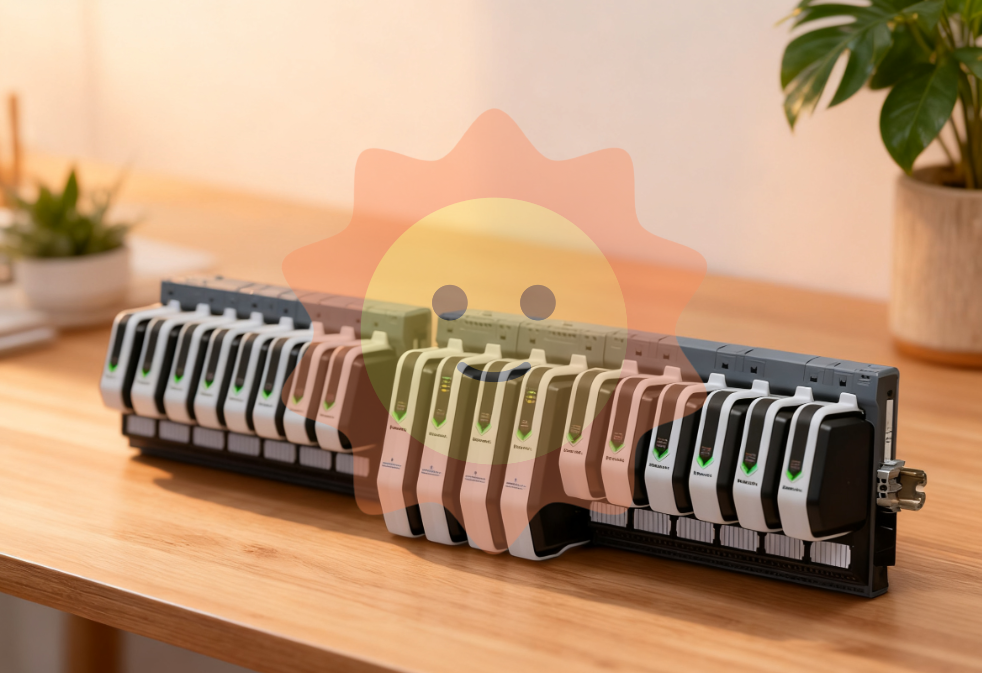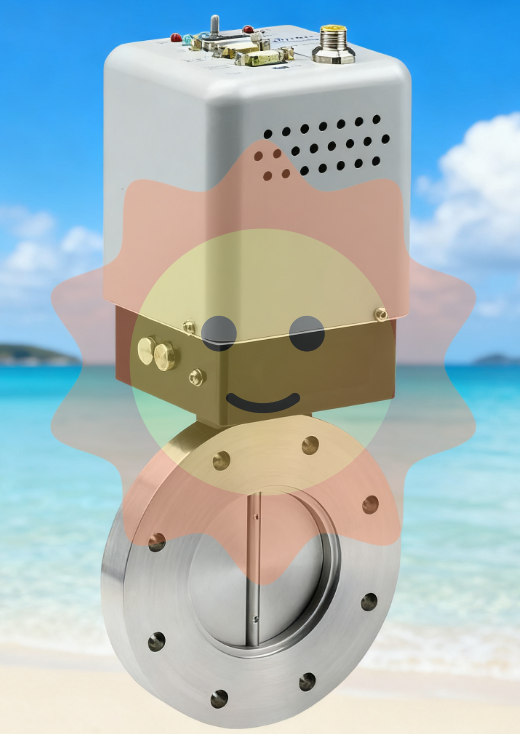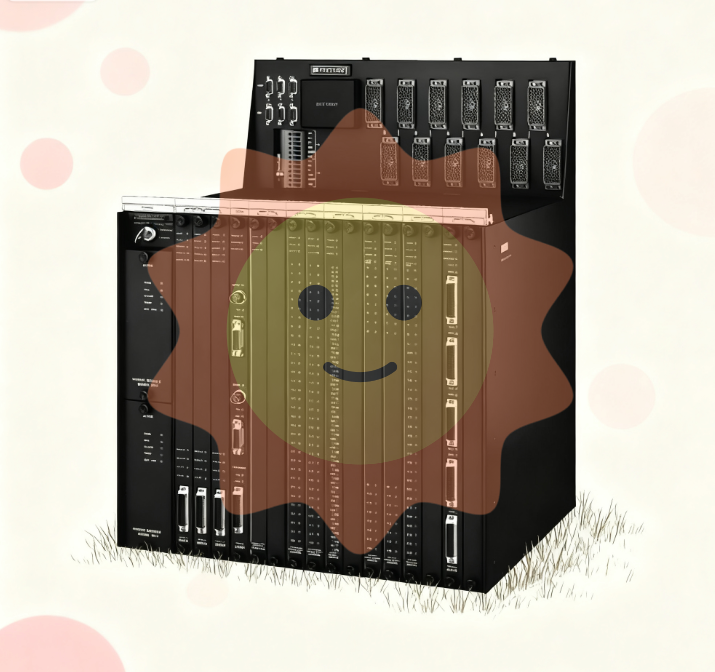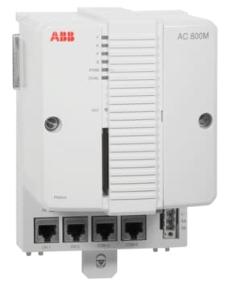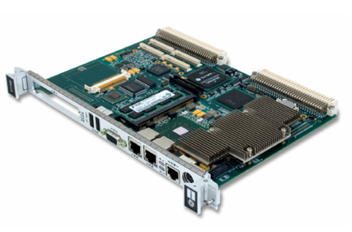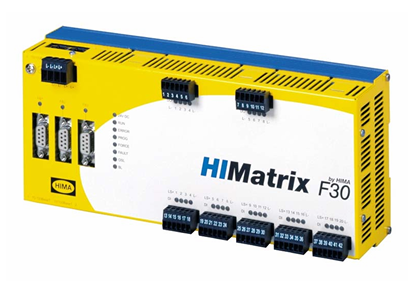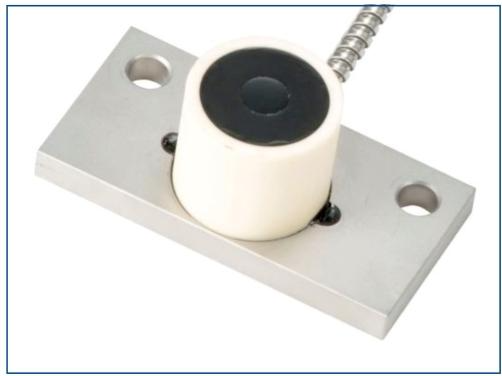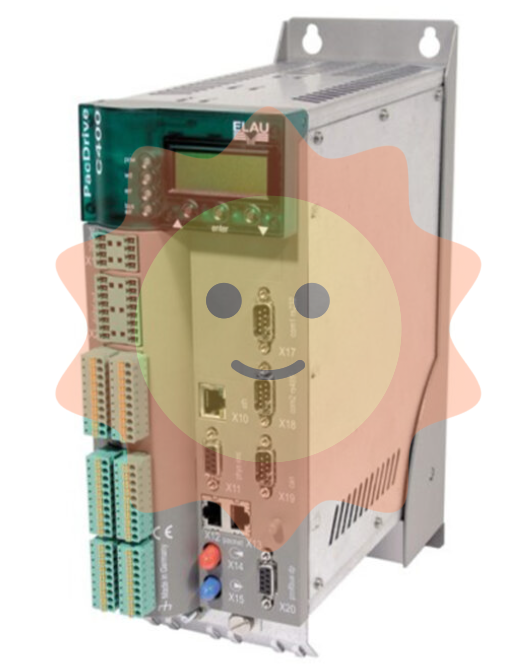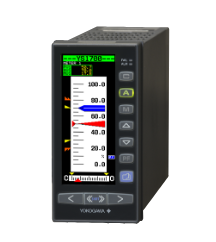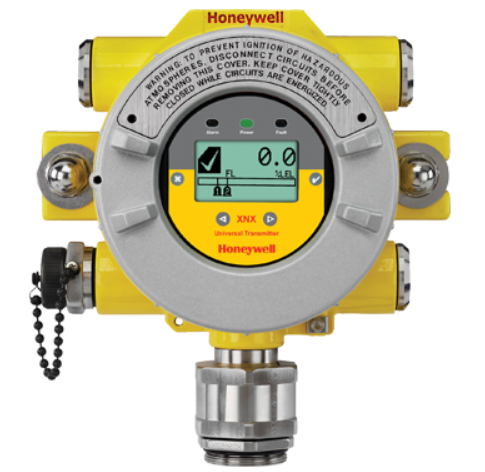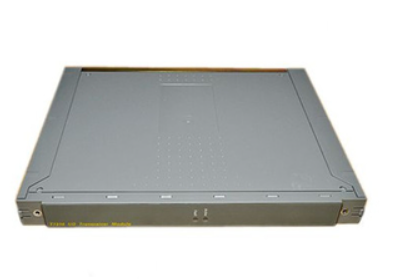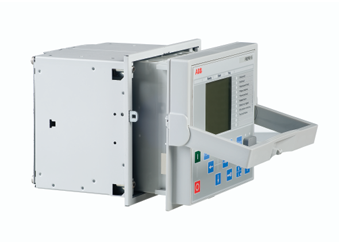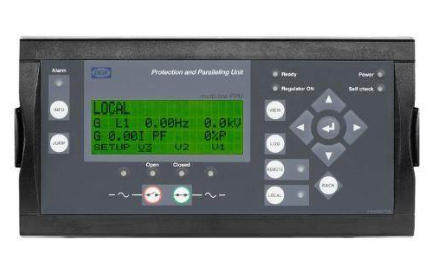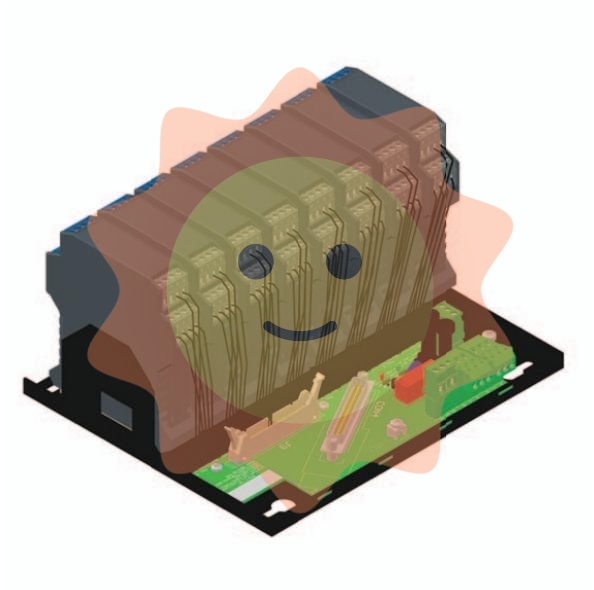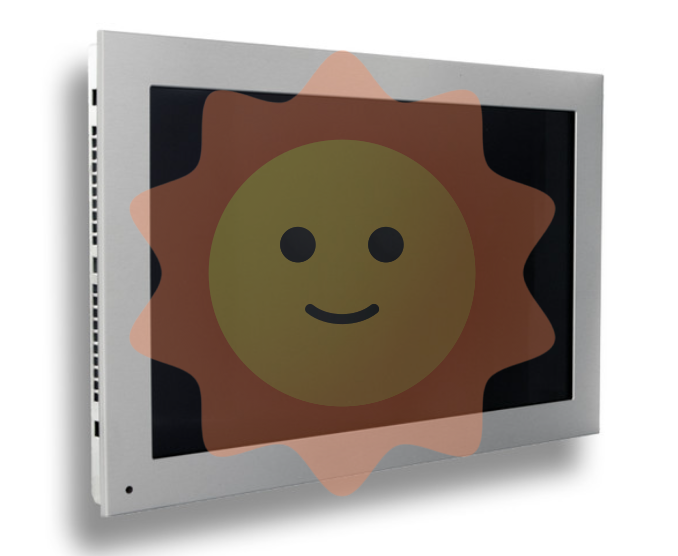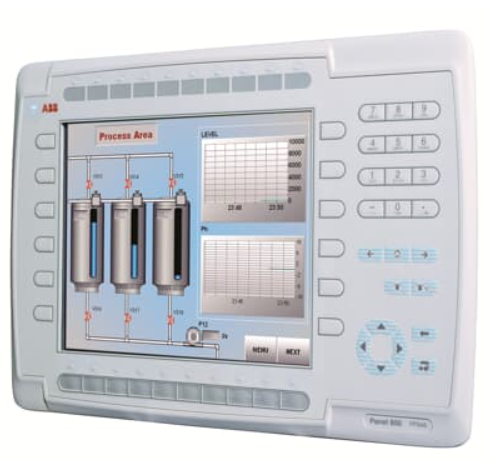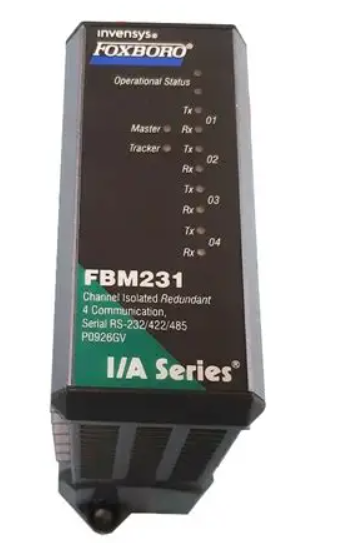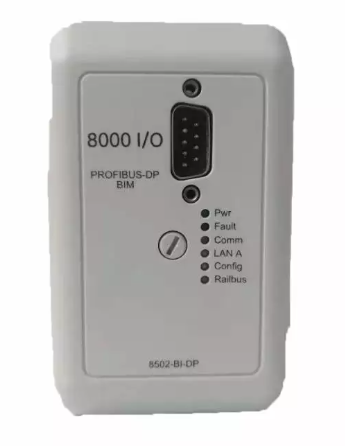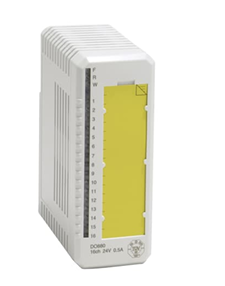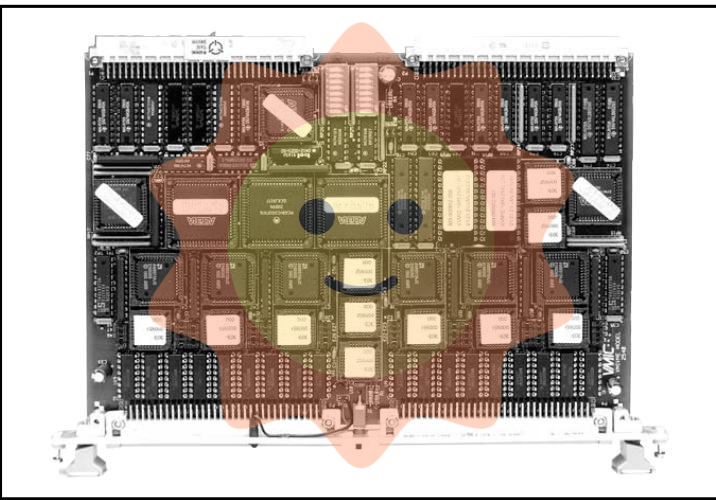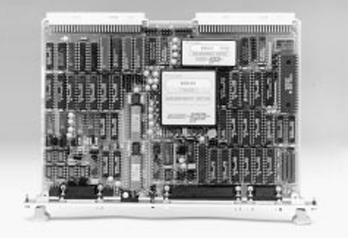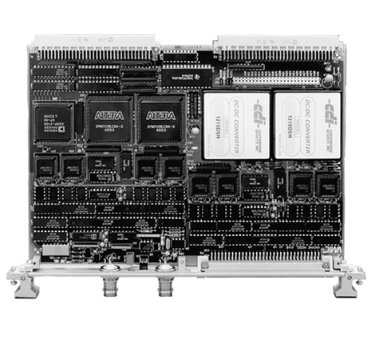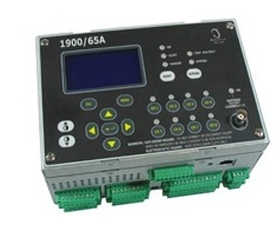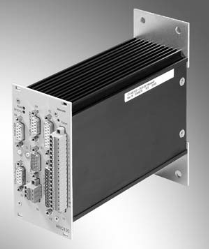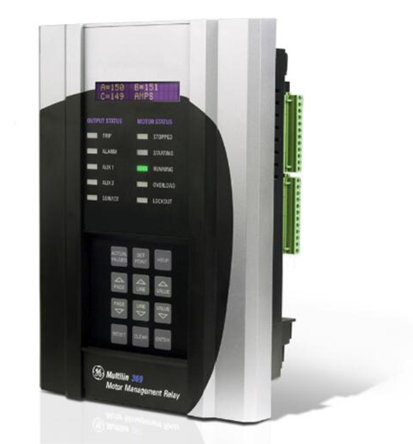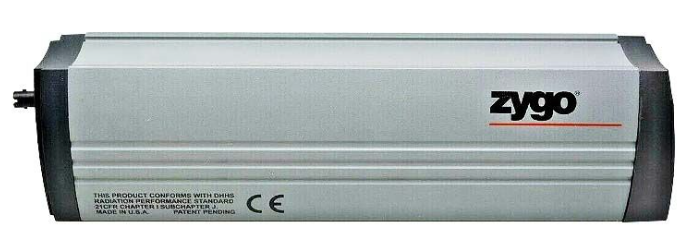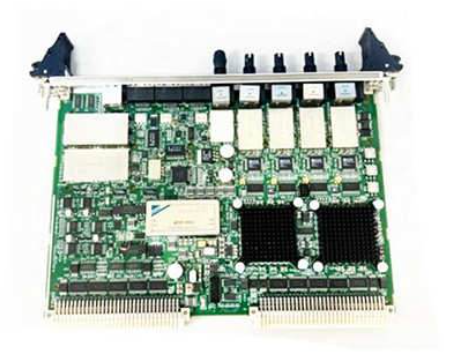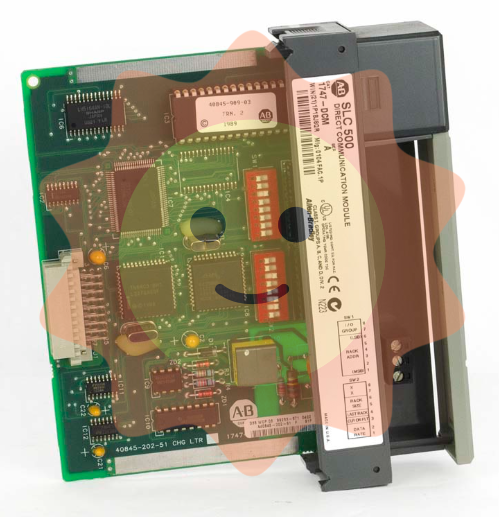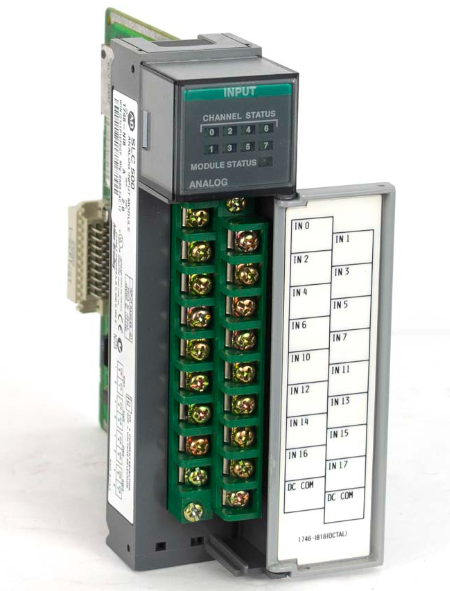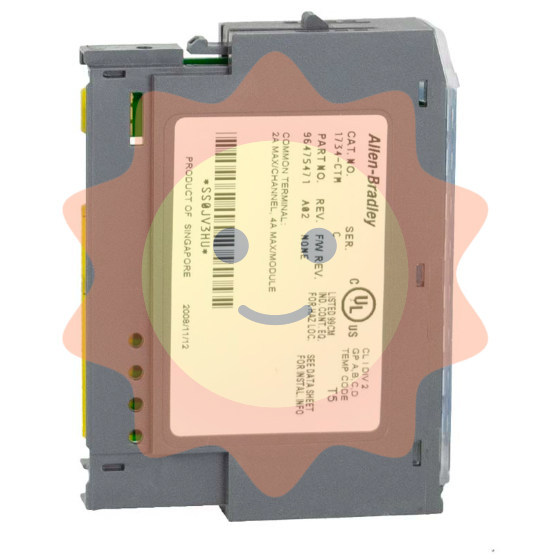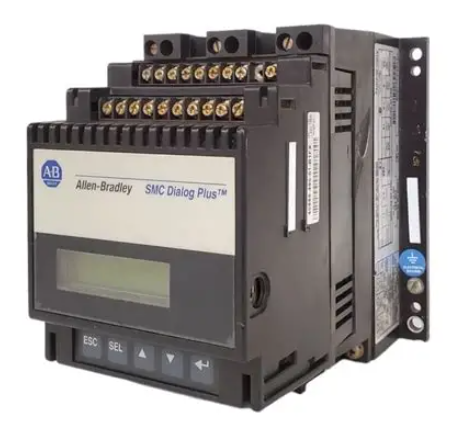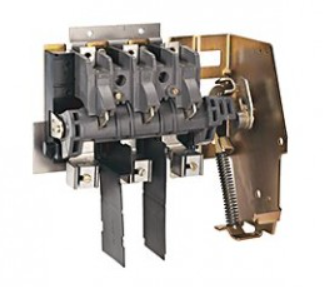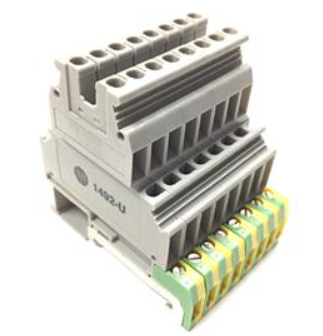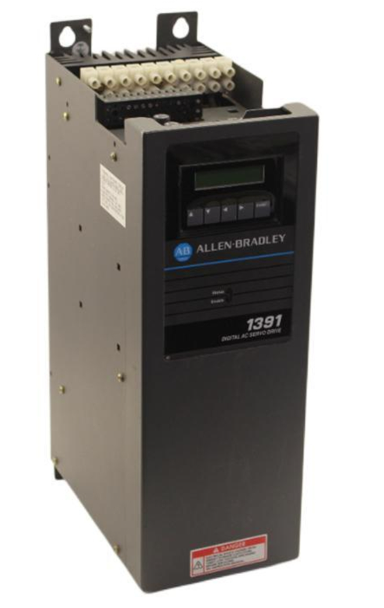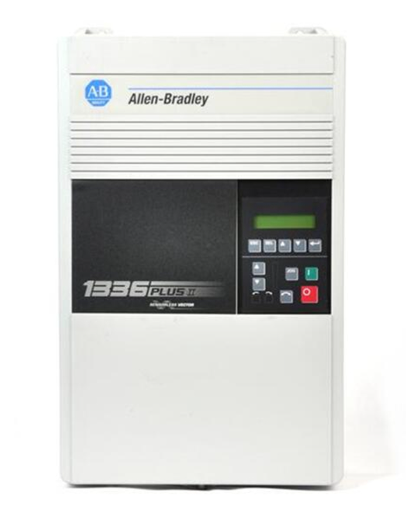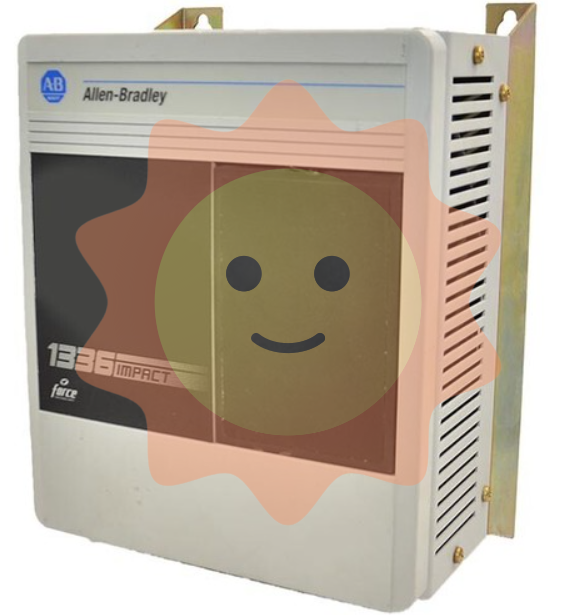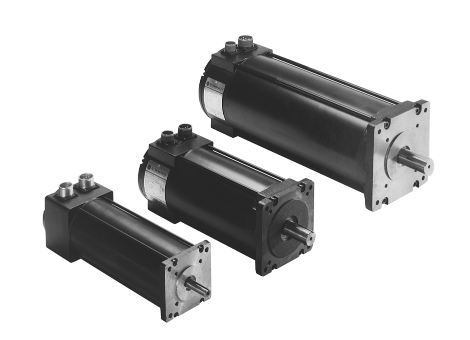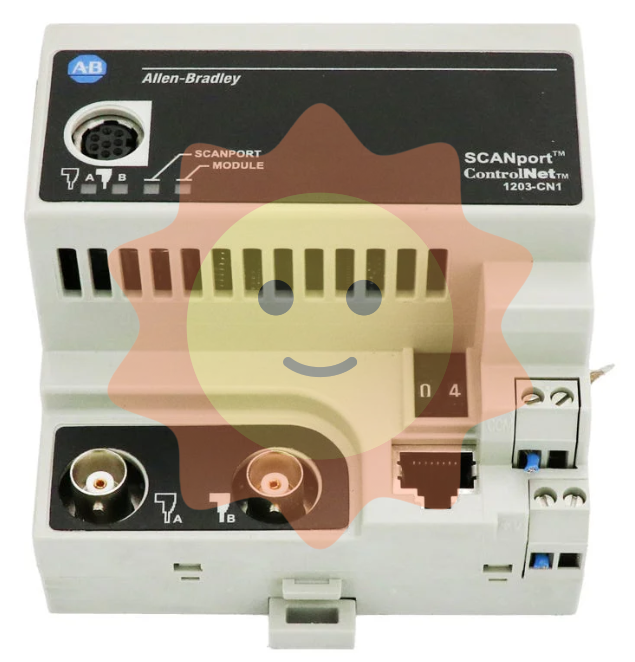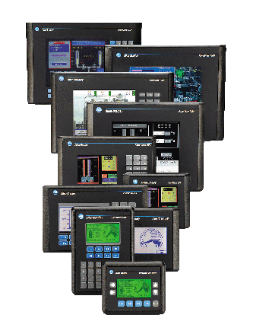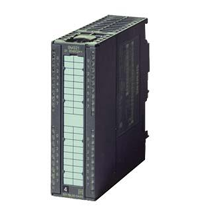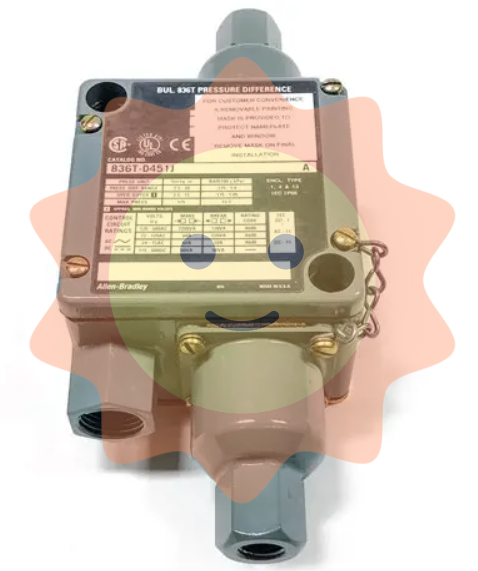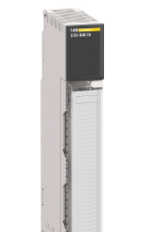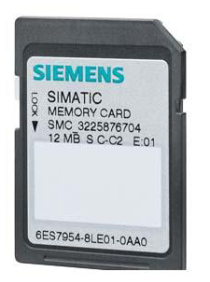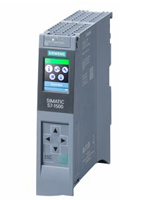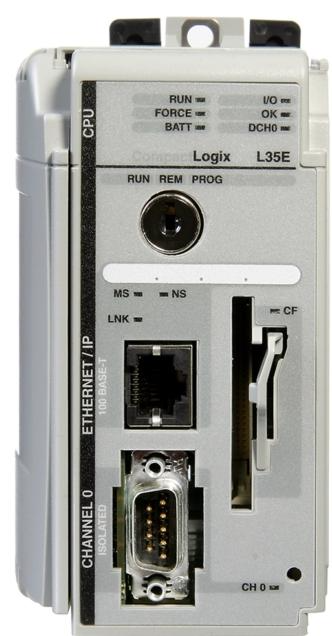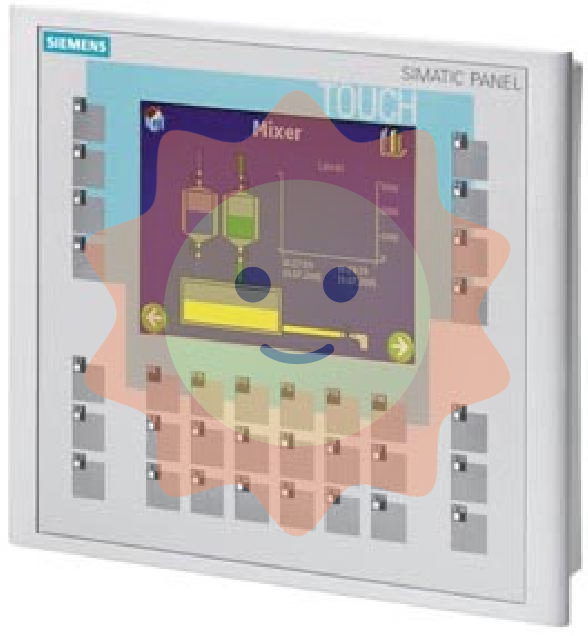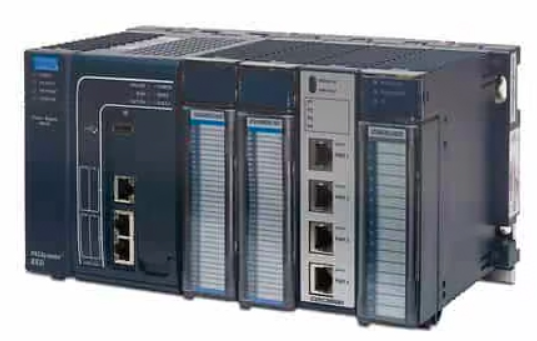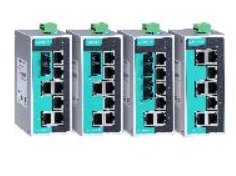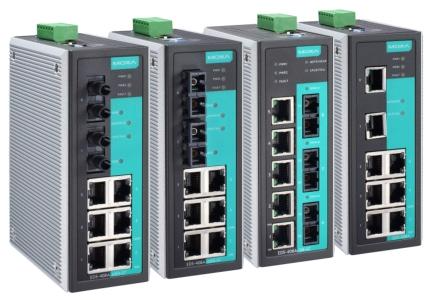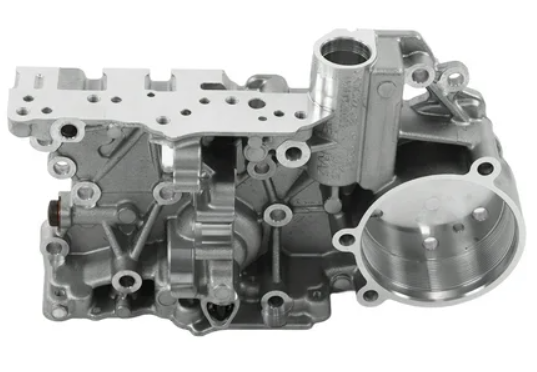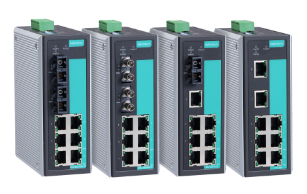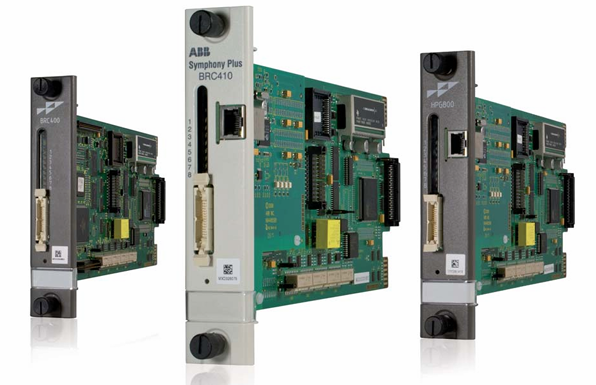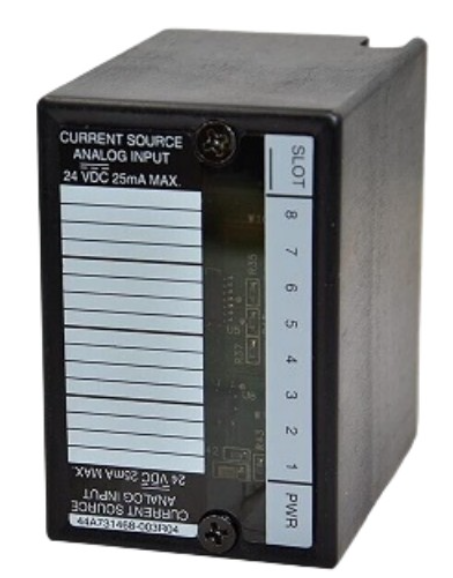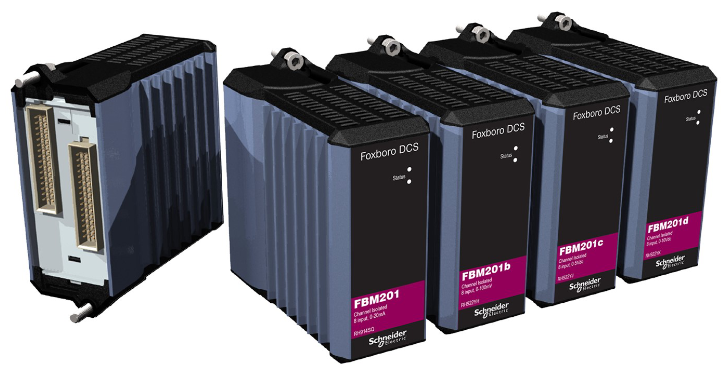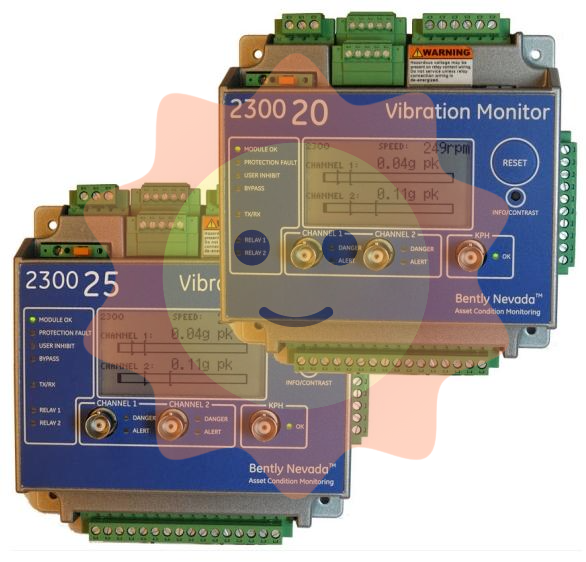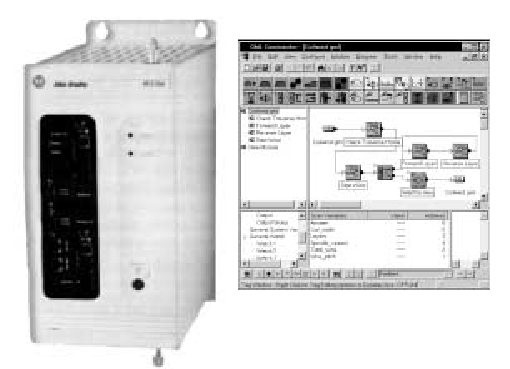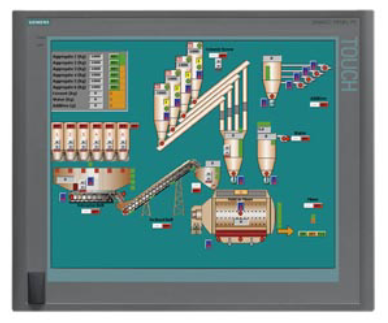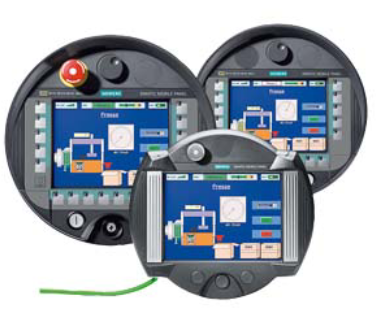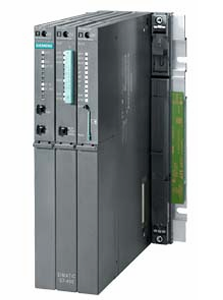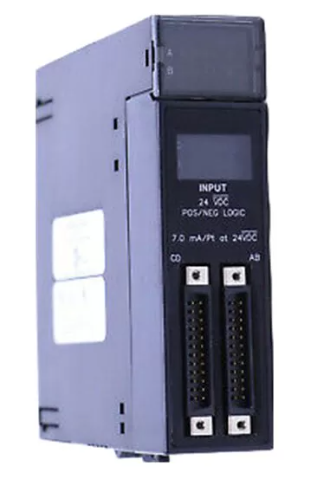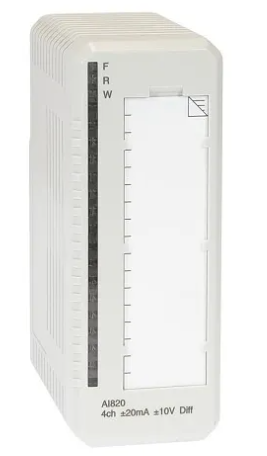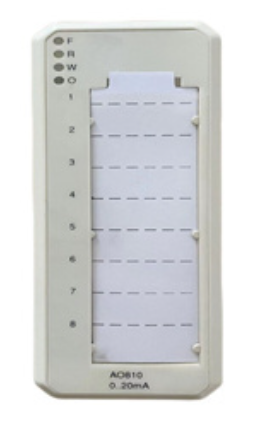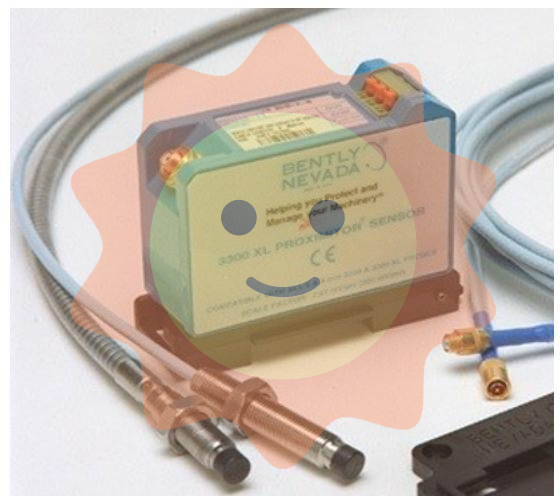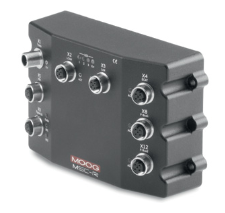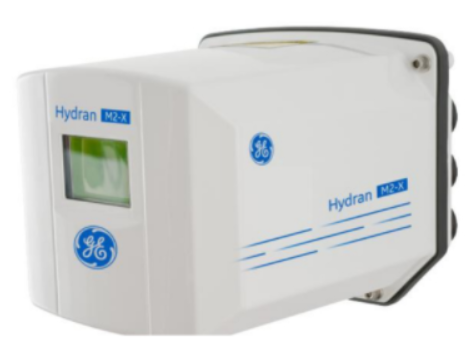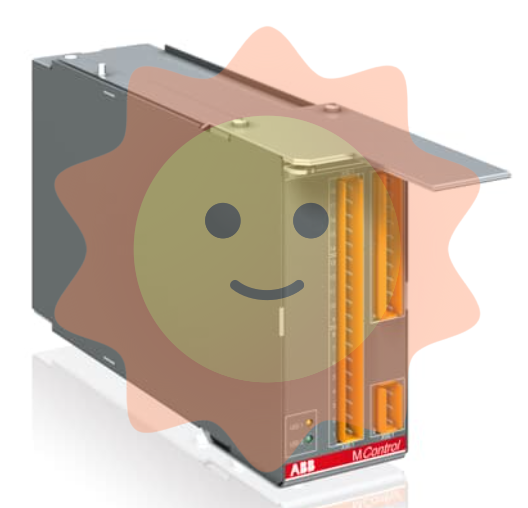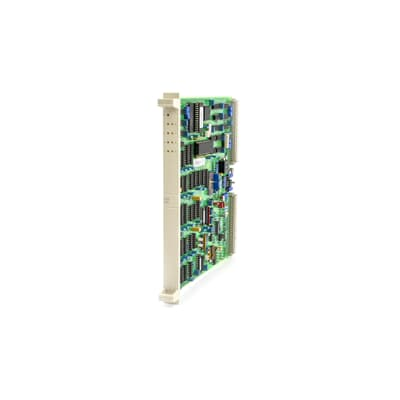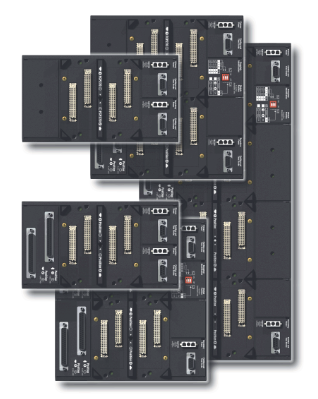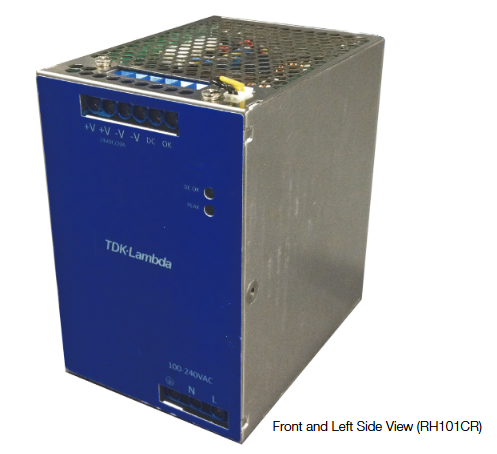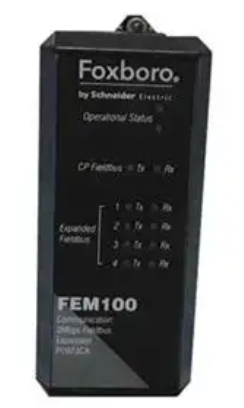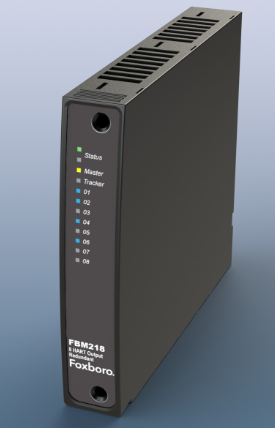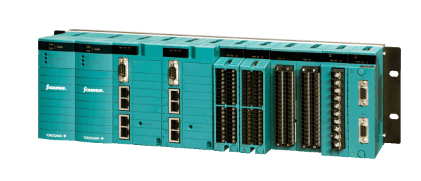Manufacturers
ABB
Model(s)
ABB Advant Controller 31, ABB Advant OCS
Estimated Shipping Size
Dimensions: 4.0" x 4.0" x 5.0"
(10.2 cm x 10.2 cm x 12.7 cm)
Weight: 0 lbs 12.0 oz (0.3kg )
Tariff Code: 8537109060
Country of Origin: France
Ships from Webster NY, USA
ABB 1SBP260054R1001 ICMK14F1 Remote Unit
Basic information
Model and Series: The complete model number of this device is 1SBP260054R1001 ICMK14F1, which belongs to ABB's Advant Controller 31 series of remote units, is a key component of industrial automation control systems to achieve remote data acquisition and control.
Place of Origin: Originally from Sweden.
Appearance and size: Its appearance is usually in the shape of a rectangle, small size, easy to install in the control cabinet or other limited space. The dimensions vary slightly depending on the configuration and application, but in general they do not take up too much space, and may be around 20-30 cm in length, 15-20 cm in width, 10-15 cm in thickness, and weigh about 0.37 kg.
Performance features
Power supply: The remote unit is powered by a 24V DC power supply with a power of 10W. This low-voltage DC power supply has high safety and stability, and can adapt to the common power supply environment in industrial sites to ensure the stable operation of the equipment.
Input channels: equipped with 8 digital input channels, the input voltage range is 0-24V DC, the input current is 5mA, can be connected to a variety of digital sensors, such as proximity switches, photoelectric sensors, etc., to meet the needs of the industrial field of a variety of digital signals, to achieve the status of the equipment, the position of the monitoring information.
Output channels: 6 output channels, output voltage 24V DC, different channels have different current carrying capacity, of which COM C1 channel current is 2A, COM C2 channel current is 4A, COM C2 channel current is 8A, in addition to support 120V AC 50-60Hz, 230V AC 50-60Hz 4A and other AC outputs, can be directly driven a variety of industrial loads, such as solenoid valves. In addition, it can also support 120V AC 50-60Hz, 230V AC 50-60Hz 4A and other AC outputs, which can directly drive a variety of industrial loads, such as solenoid valves, contactors, relays, etc., to achieve the control of external equipment.
Electrical isolation: electrical isolation technology is adopted between input and output channels, and the isolation voltage can reach a certain safety standard, which effectively prevents mutual interference between input and output signals and the spread of electrical faults, improves the stability and reliability of the system, and guarantees the stable operation of the equipment in the complex industrial electromagnetic environment.
Communication interface: Supporting a variety of communication protocols and interfaces, it can communicate with the upper computer or other control devices through Profibus DP, Modbus and other communication protocols to realise remote data transmission and the issuance of control commands. Common communication interfaces include Ethernet interface, RS-485 interface, etc., which is convenient to connect and integrate with different types of equipment to meet the communication needs of various industrial automation systems.
Status Indication: Each input and output channel is equipped with an LED indicator, which is used to visually display the working status of the channel, such as the presence or absence of the input signal, the high and low level status of the output signal, etc. It is convenient for the user to quickly understand the operating condition of the module, to find and remove the faults in a timely manner, to reduce the system maintenance cost and downtime, and to improve the production efficiency.
Application Fields
Industrial automation remote control: widely used in various industrial automation production lines, such as automotive manufacturing, electronics manufacturing, food processing and other industries. It can realise the remote start, stop, speed adjustment and other control functions of the production equipment, as well as the real-time monitoring of the running status of the equipment to ensure the efficient and stable operation of the production line. For example, in the automotive production line, remote control of welding robots, spraying equipment, etc., to improve production efficiency and flexibility.
Process control system: In the chemical, petroleum, electric power, water treatment and other process industries, as a remote terminal unit, it can collect the temperature, pressure, flow, liquid level and other sensor data on the scene, and transmit the data to the control centre, and at the same time, receive the instructions from the control centre, and control the valves, pumps, fans and other equipment on the scene, so as to achieve remote monitoring and automation control of the production process, and to ensure the safe, stable and efficient operation of the production process. Safe, stable and efficient operation of the production process.
Intelligent building system: It is suitable for HVAC system, lighting system, water supply and drainage system in intelligent buildings, etc. By cooperating with PLC, DCS and other control systems, it can realise intelligent remote control and management of various equipments. For example, it can remotely control the operation mode and temperature setting of air-conditioning system, realise the zoning control and timing control of lighting system, monitor the water level and flow of water supply and drainage system, etc., so as to improve the energy efficiency and comfort of the building.
Transportation system: In the field of transportation, such as rail transit and port terminals, it can be used for remote control of signal control, equipment monitoring and safety protection, etc. For example, it can remotely control traffic signal lights. For example, it can be used to remotely control the switch of traffic signals and gates, monitor the signals of vehicle detection equipment, and control the actions of cranes, conveyor belts and other equipment to ensure the normal operation and safety management of the transport system.

- User name Member Level Quantity Specification Purchase Date
- Satisfaction :
-









Email:wang@kongjiangauto.com









